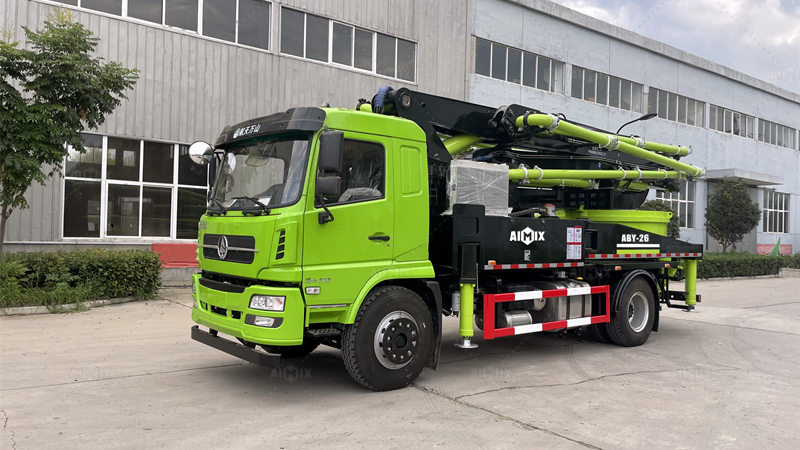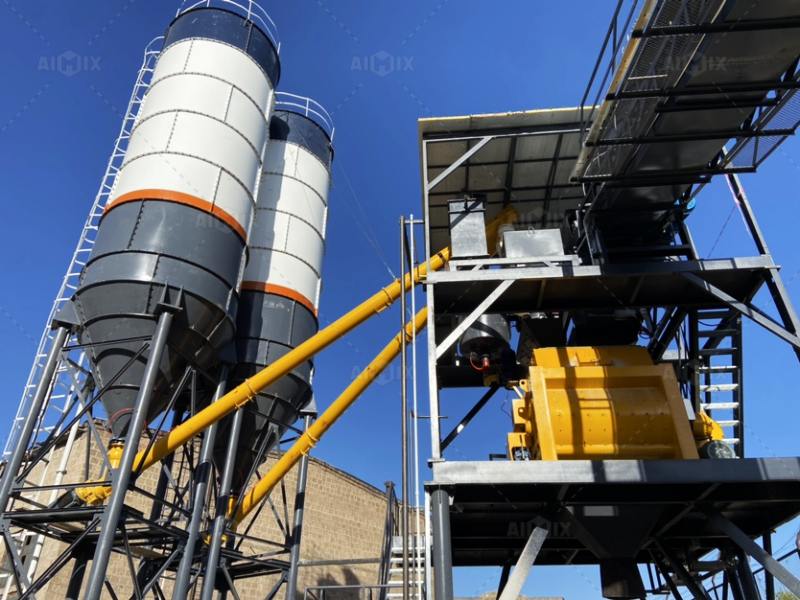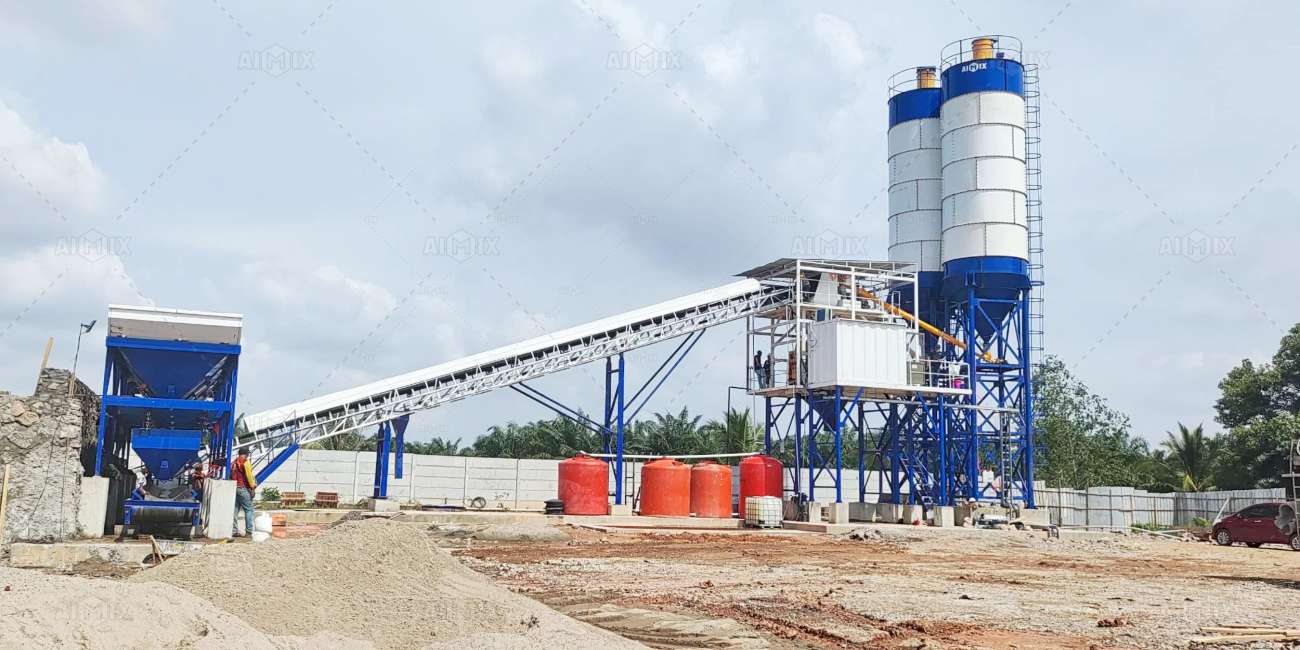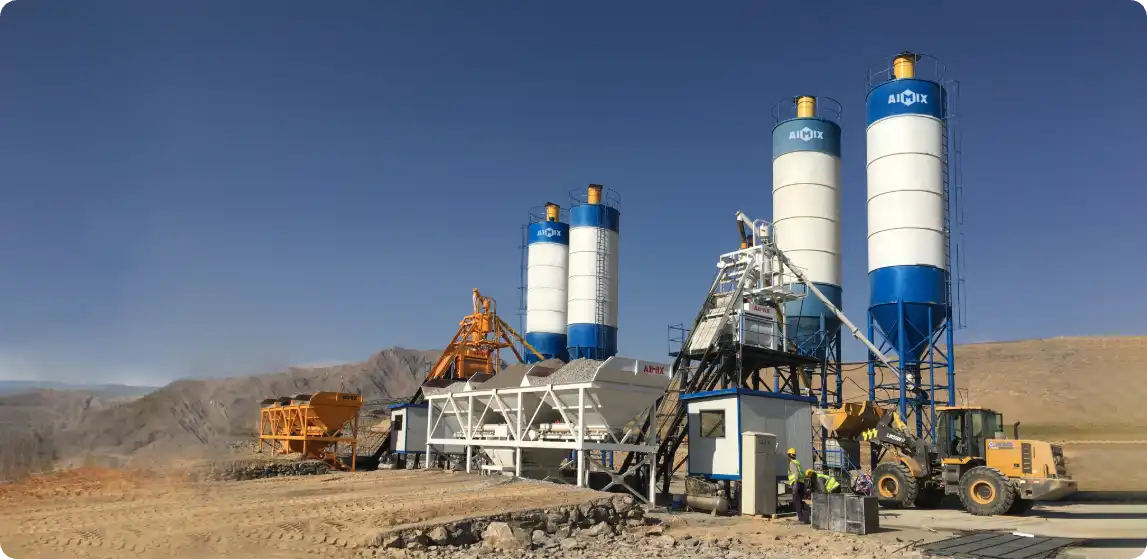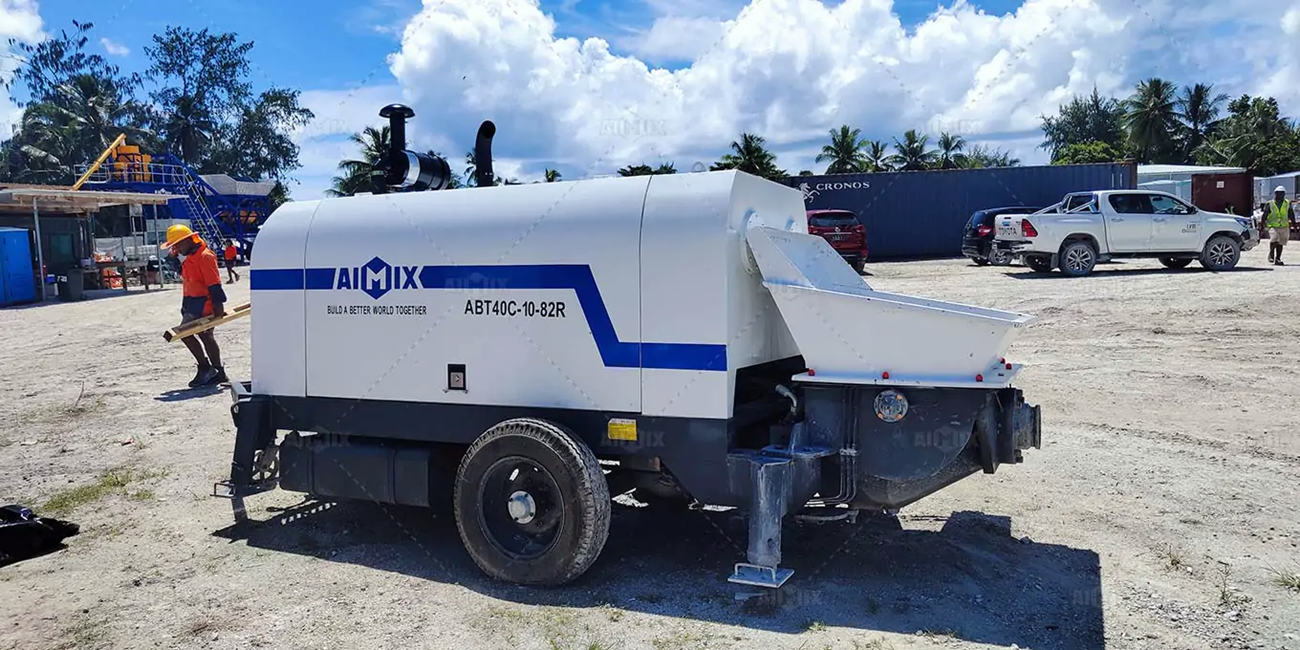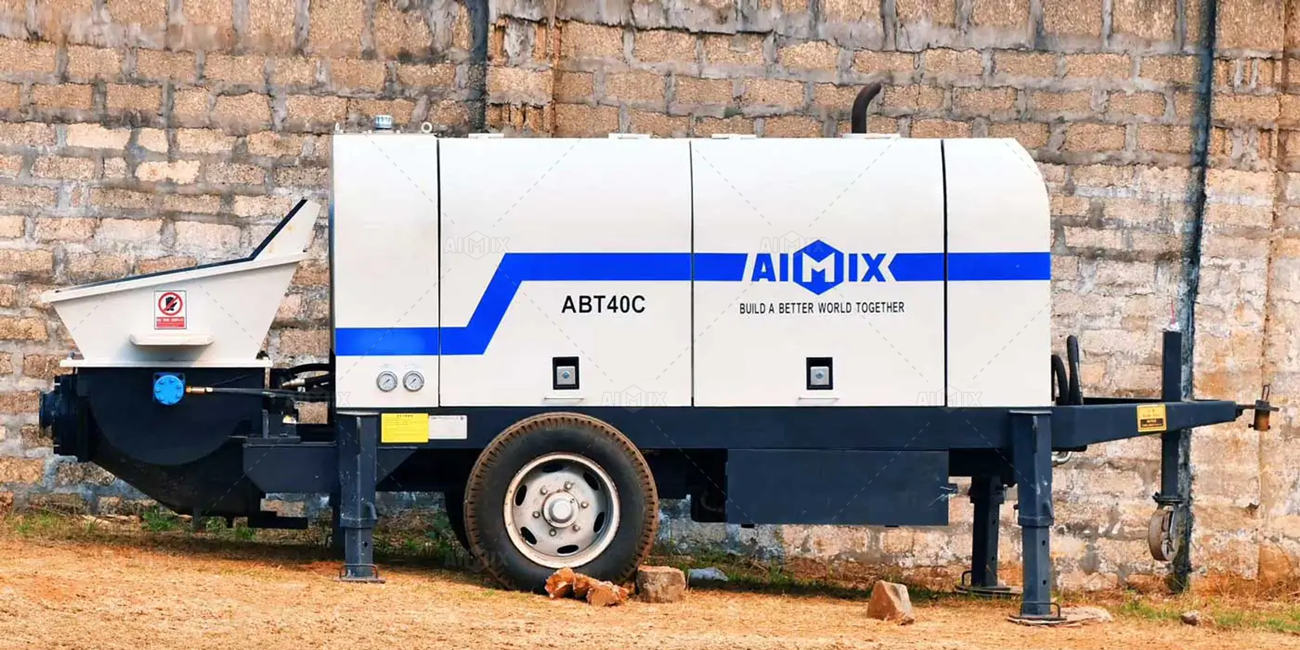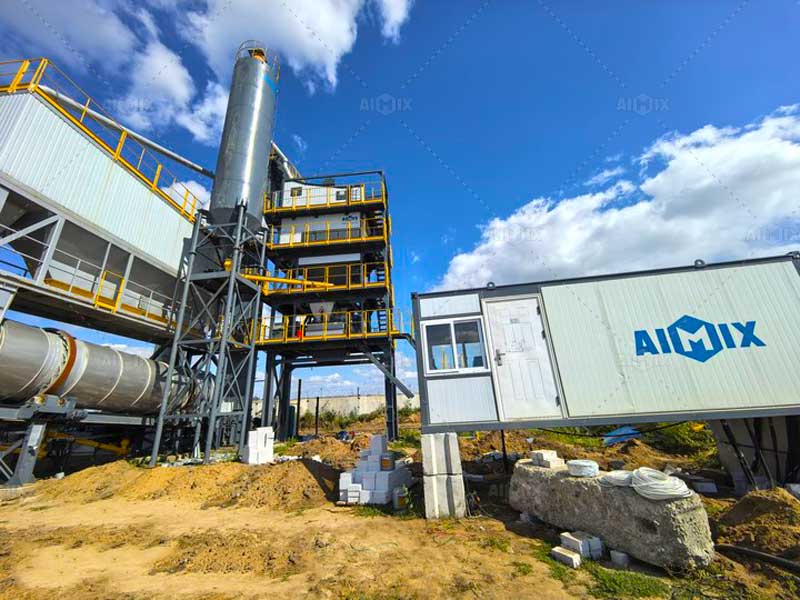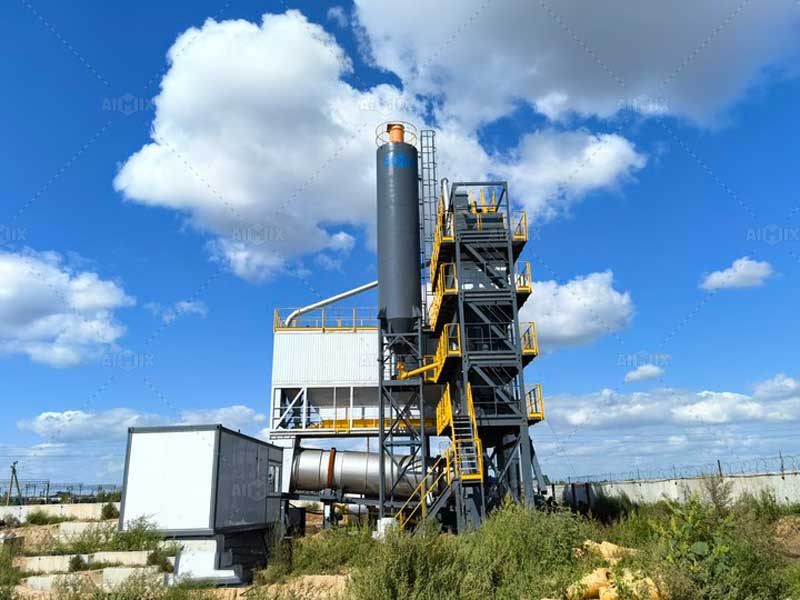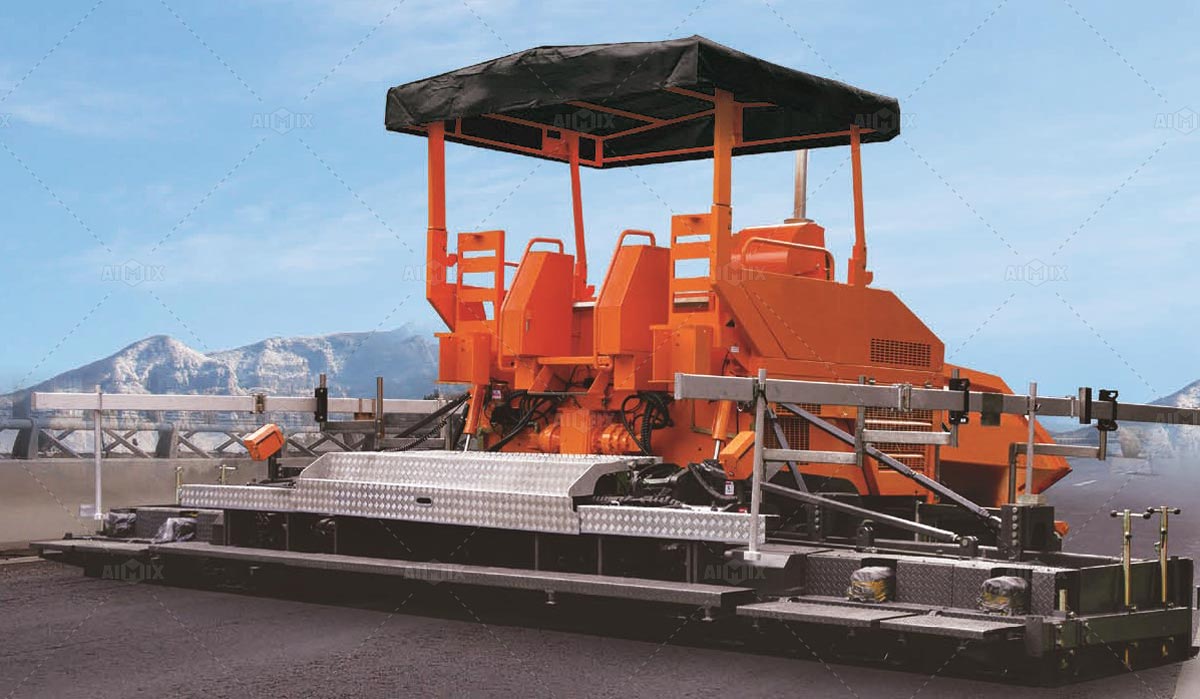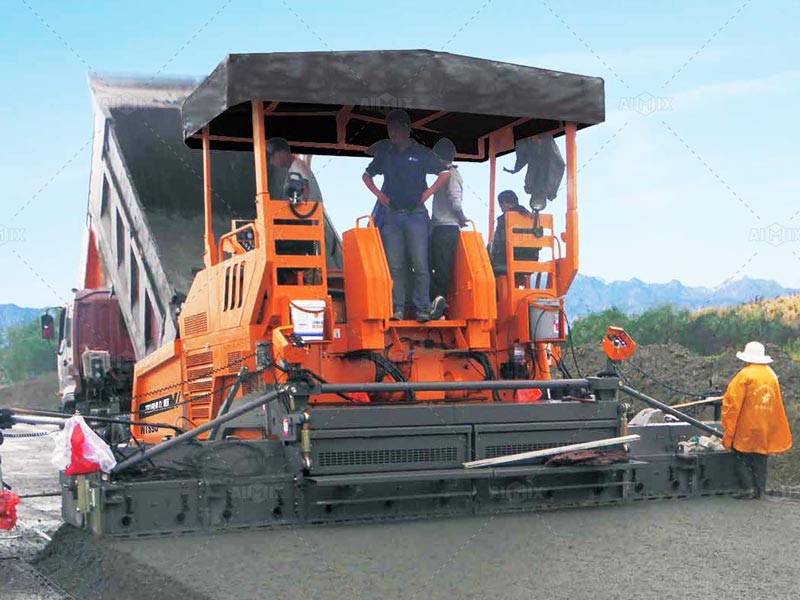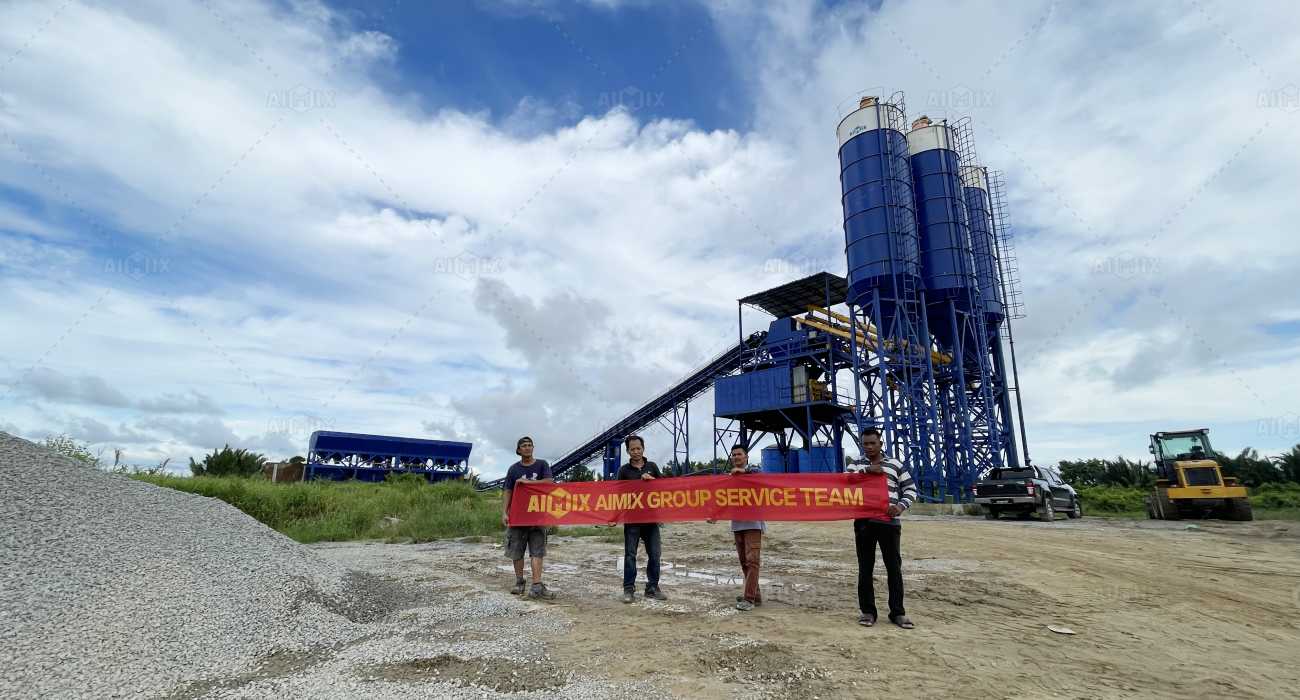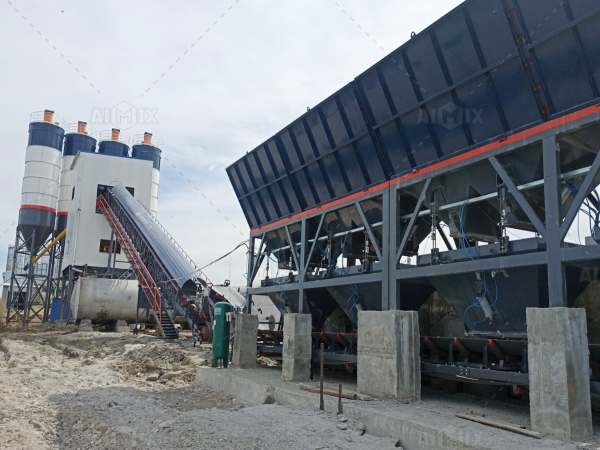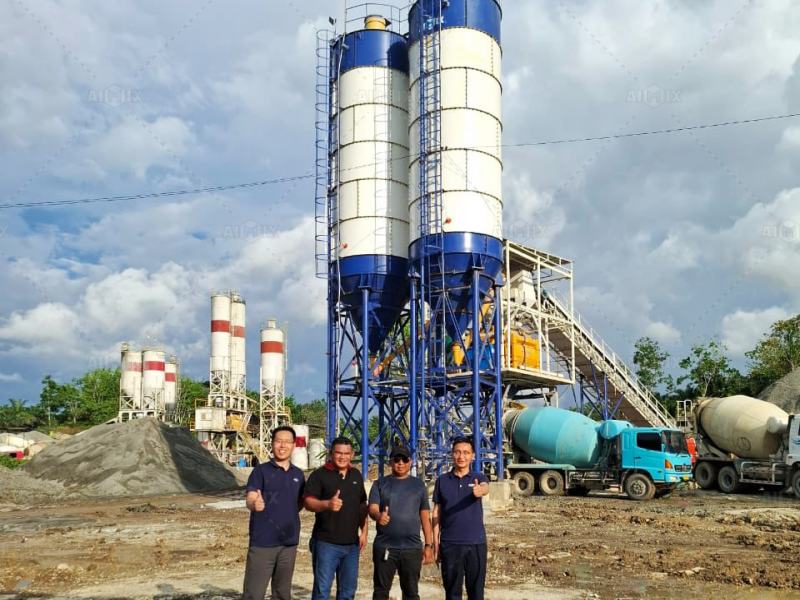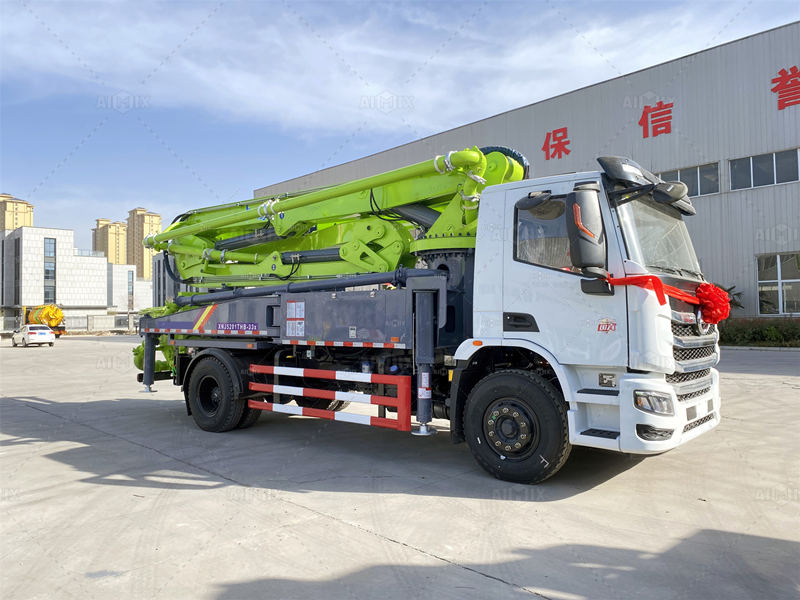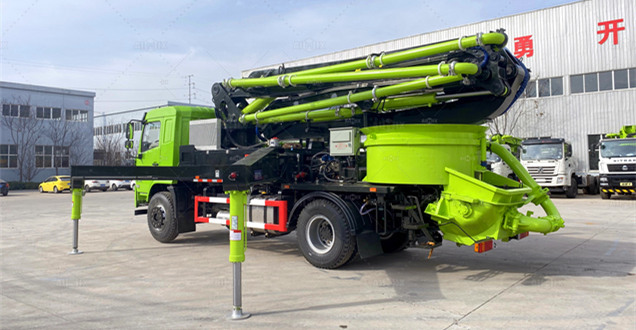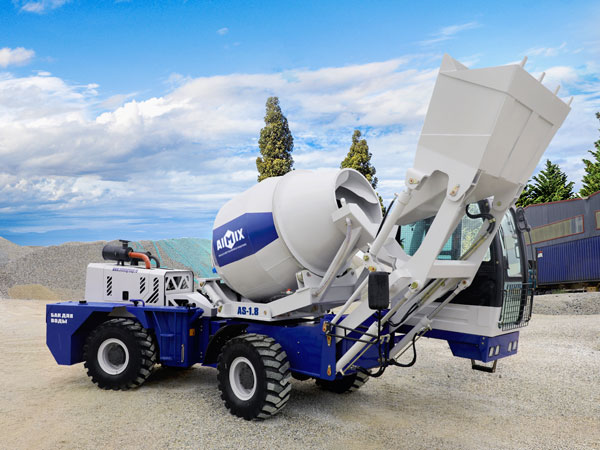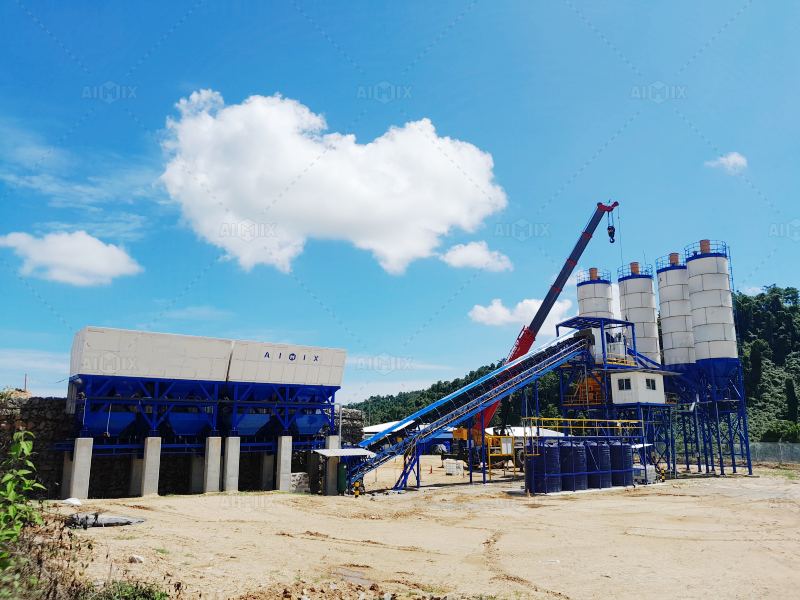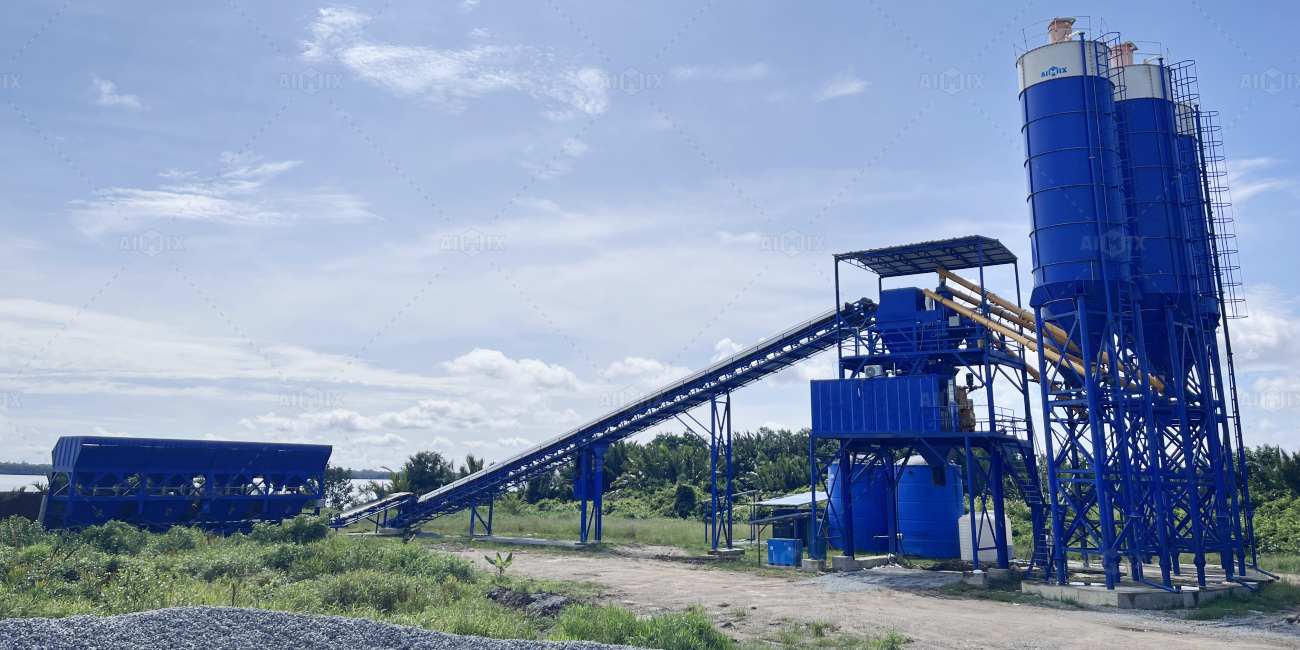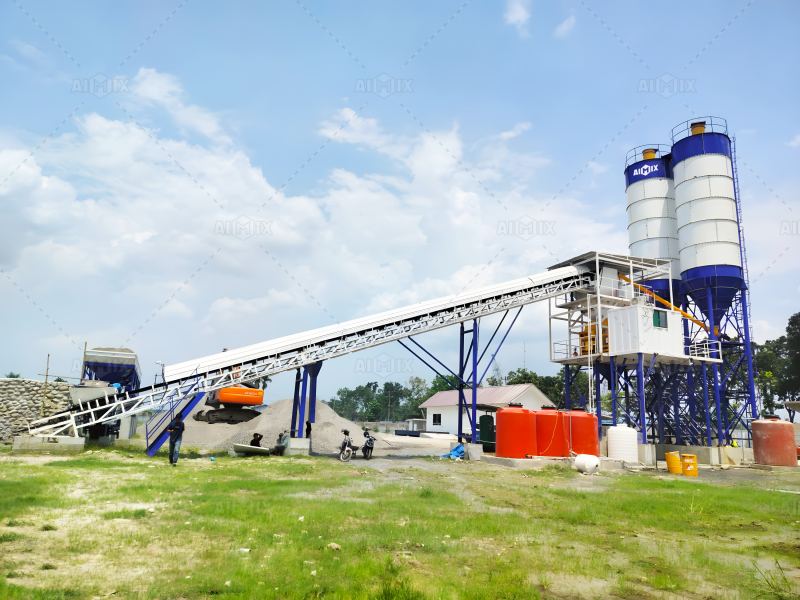In the evolving world of construction, efficiency and adaptability have become essential. The demand for smaller, more versatile concrete batching plants is rising, driven by the need for rapid deployment, limited site space, and cost-effectiveness. This shift has fueled significant engineering advances in mini batching plants, with compact design at the forefront of these innovations.
A mini batching plant is a small-scale concrete production unit capable of mixing concrete in volumes ranging from 10 to 30 cubic meters per hour. Thanks to advances in engineering, these plants are now more compact, intelligent, and efficient than ever before. This article explores the key benefits of compact design in mini batching plant and the innovative engineering solutions making these advantages possible.

1. Space Efficiency: Maximizing Production in Limited Areas
One of the most obvious benefits of compact design is the ability to operate efficiently in tight spaces. Construction sites in urban environments, renovations, or remote locations often have very limited available area for concrete production.
Modern mini batching plants feature:
-
Reduced footprints due to integrated structures
-
Vertical stacking of key components such as aggregate bins and cement silos
-
Modular designs that allow quick assembly and disassembly
These design improvements allow contractors to place batching plants in restricted urban plots, narrow roadways, or confined rural sites without compromising production capacity or safety.
2. Portability and Ease of Installation
Compact mini batching plants are often designed with mobility in mind. Engineering advances have led to lighter frames, optimized layouts, and trailer-mounted units that can be transported easily between sites.
This portability translates to:
-
Fast setup and teardown, sometimes within hours
-
Flexibility to serve multiple job sites with one unit
-
Reduced transport costs and logistical complexity
For contractors who handle multiple smaller projects or work in areas with difficult access, the compact, portable mini batching plant is a game changer.
3. Energy Efficiency and Reduced Operating Costs
Advances in compact design have also improved the energy profile of mini batching plants. Smaller plants consume less power, and manufacturers are integrating energy-saving components such as:
-
High-efficiency mixers
-
Variable frequency drive (VFD) motors
-
Optimized pneumatic systems for material handling
These improvements not only reduce operational costs but also align mini batching plants with increasing environmental regulations and sustainability goals. Lower energy consumption means reduced carbon footprints, making mini batching plants more attractive to eco-conscious contractors and developers.
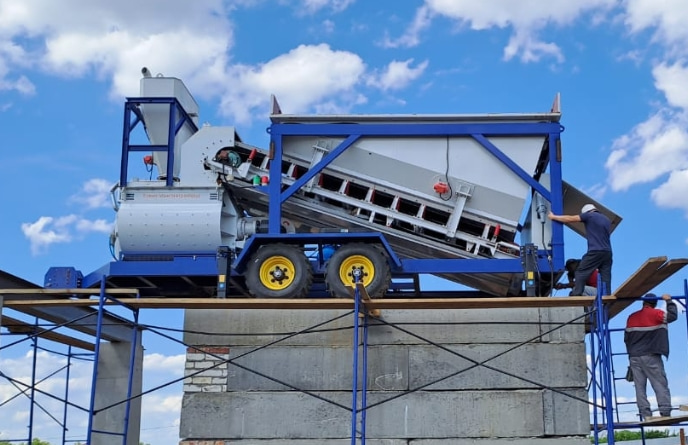
4. Integrated Automation and Smart Controls
Compact does not mean simplistic. Engineering advances have enabled sophisticated control systems to be integrated within mini batching plants without adding bulk. Modern plants are equipped with:
-
Automated batching controls for precise measurement of materials
-
Remote monitoring and diagnostics
-
User-friendly touchscreens and programmable logic controllers (PLCs)
These smart features enhance production accuracy, reduce human error, and facilitate maintenance, which is critical for small concrete plant where a single operator often handles multiple tasks.
5. Modular and Scalable Designs
Compact mini batching plants are increasingly designed as modular systems. This means that components can be added or removed to scale production capacity or customize the plant for specific job requirements.
Modularity benefits include:
-
Easy upgrading from a basic mini plant to a more advanced unit
-
Replacement or repair of individual modules without affecting the whole system
-
Flexibility to adapt to different concrete mix designs and project scopes
This approach ensures that the plant remains useful over time, catering to growing business needs without requiring complete replacement.
6. Material Handling Innovations
Material handling is a key challenge in mini batching plant design, especially when space is limited. Recent engineering solutions include:
-
Compact conveyor systems that minimize spatial footprint
-
Vertical bucket elevators replacing traditional inclined conveyors
-
Integrated weighing systems for accurate aggregate and cement batching
These innovations not only improve plant compactness but also enhance production accuracy and speed, leading to better quality concrete and higher productivity.
7. Durability and Robustness in Small Packages
Compact design does not compromise durability. Manufacturers employ advanced materials, corrosion-resistant coatings, and reinforced structural elements to ensure mini batching plants withstand harsh environments and heavy use.
Design elements include:
-
Heavy-duty steel frames optimized for weight and strength
-
Weatherproof electrical enclosures integrated into the compact layout
-
Shock-absorbing mounts for mixers and motors
These engineering choices protect investment and extend operational life even in demanding construction conditions.
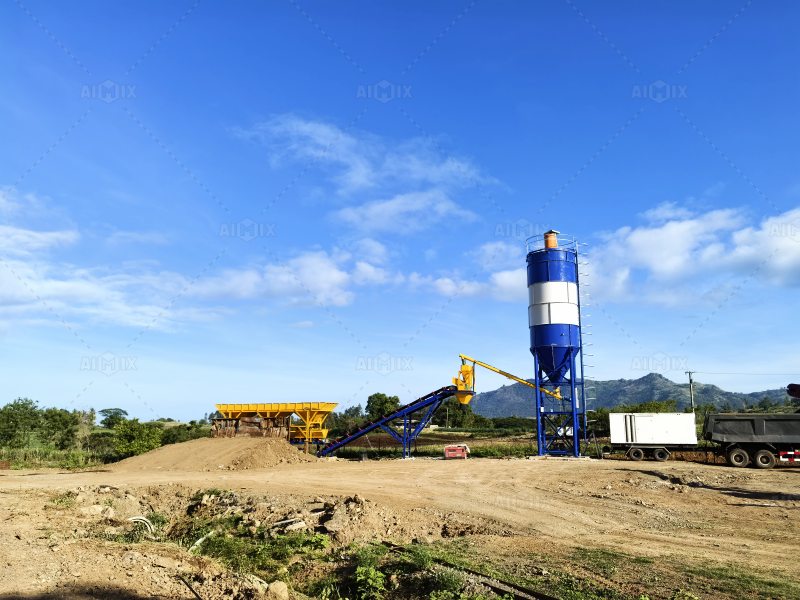
8. Cost-Effectiveness and Accessibility
By reducing size and integrating innovations, manufacturers are able to lower the mini batching plant price without sacrificing quality or capacity. This makes mini plants accessible to smaller contractors, startups, and projects with limited budgets.
The compact design contributes to cost-effectiveness through:
-
Lower shipping and installation costs
-
Reduced site preparation expenses
-
Decreased maintenance downtime
As a result, mini batching plants are democratizing concrete production, allowing a broader range of businesses to benefit from on-site batching.
Conclusion: Compact Design Driving the Future of Mini Batching Plants
Engineering advances have transformed mini batching plants from simple, bulky machines into compact, smart, and efficient units tailored for modern construction challenges. The benefits of compact design—space efficiency, portability, energy savings, automation, and scalability—are enabling contractors to meet tight deadlines and budgets while maintaining concrete quality.
In a world where urbanization, environmental regulations, and project complexity continue to rise, mini batching plants with compact design are set to play a crucial role. For contractors and developers looking for reliable, versatile, and cost-effective concrete solutions, embracing these innovations is a strategic step toward future-proofing their operations.
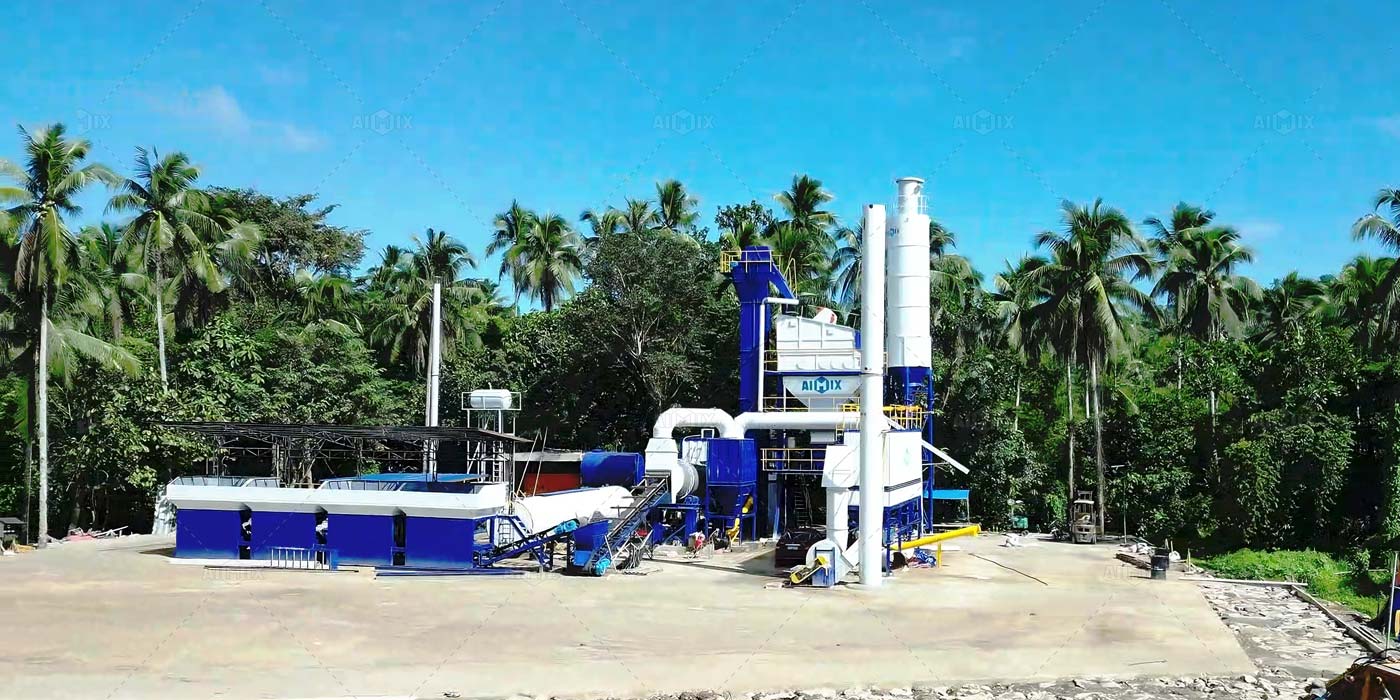
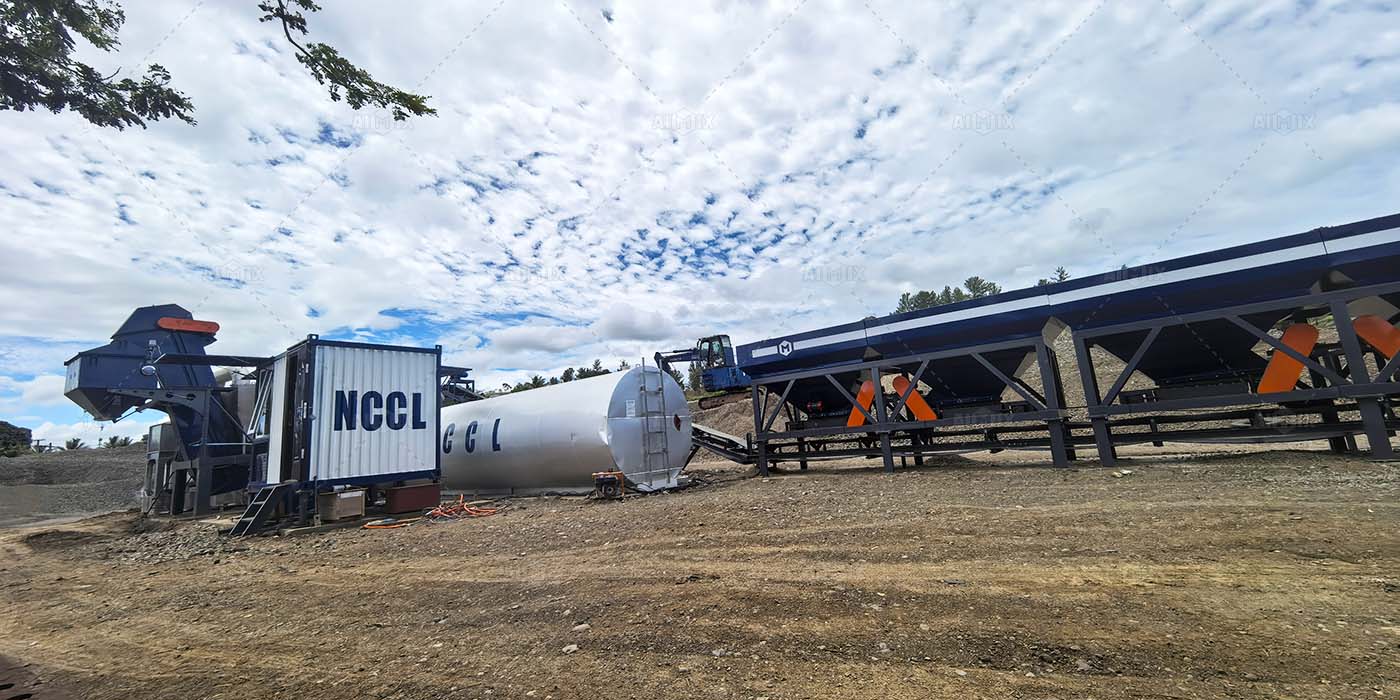
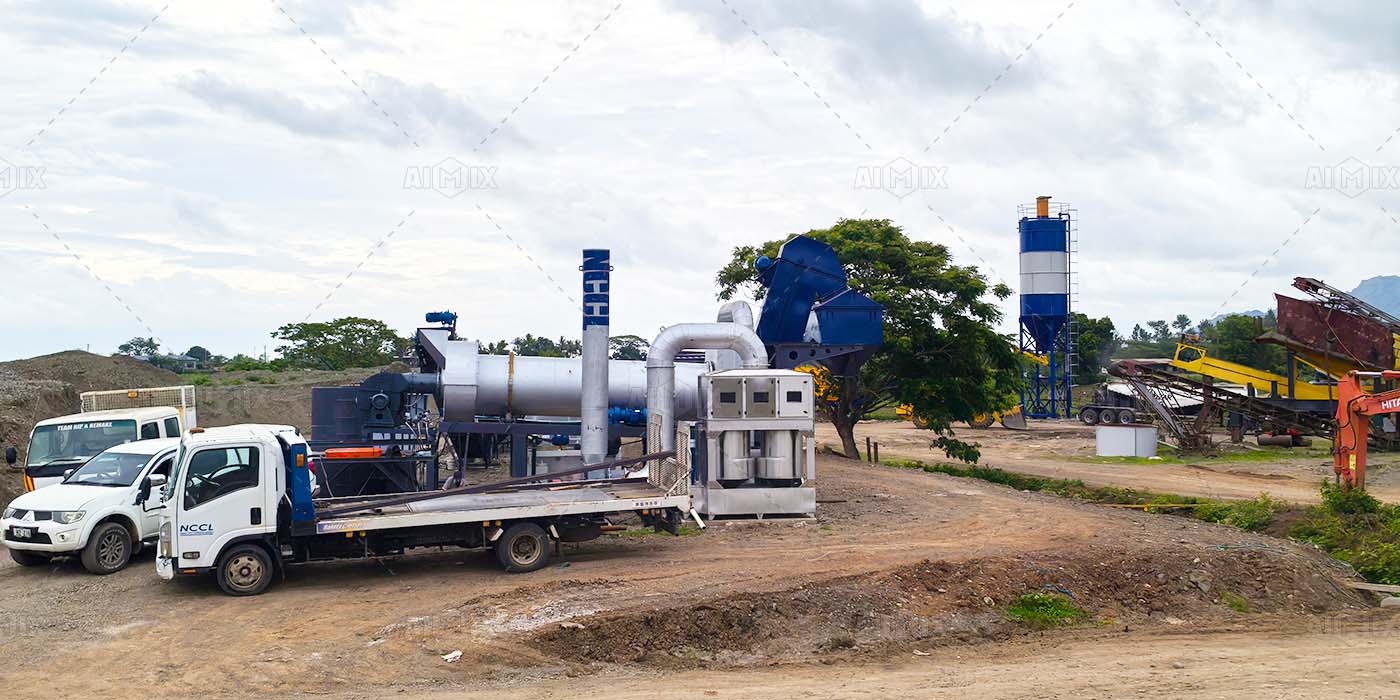
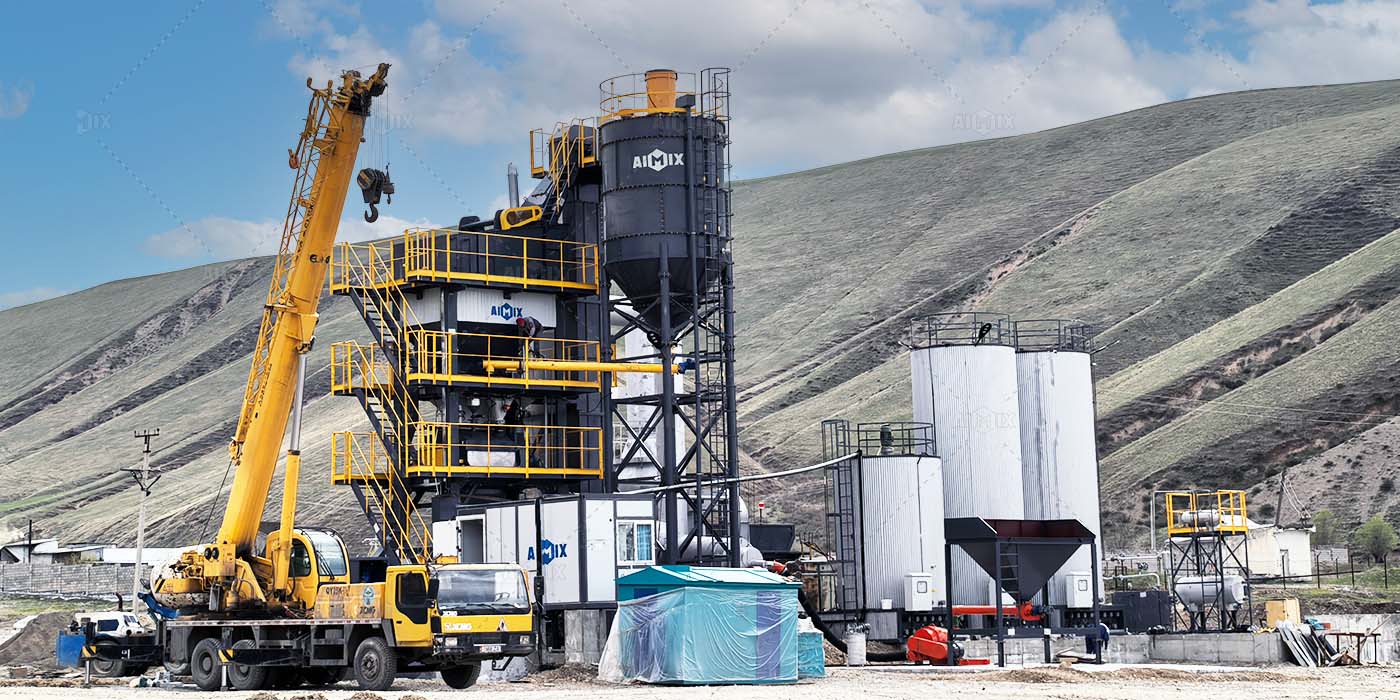
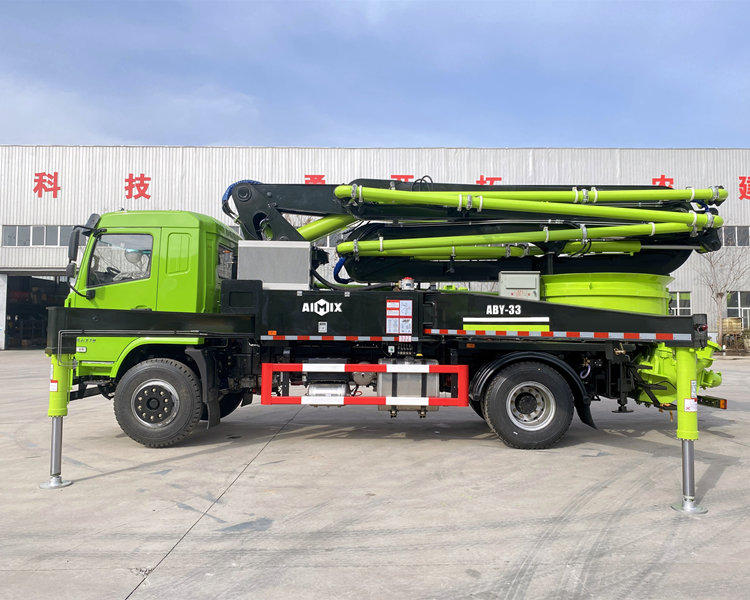 However, one often overlooked but critical issue that affects the performance and safety of a mobile concrete boom pump is tire blowout. A tire blowout not only disrupts project timelines but also poses serious safety risks to equipment operators and nearby workers.
However, one often overlooked but critical issue that affects the performance and safety of a mobile concrete boom pump is tire blowout. A tire blowout not only disrupts project timelines but also poses serious safety risks to equipment operators and nearby workers.